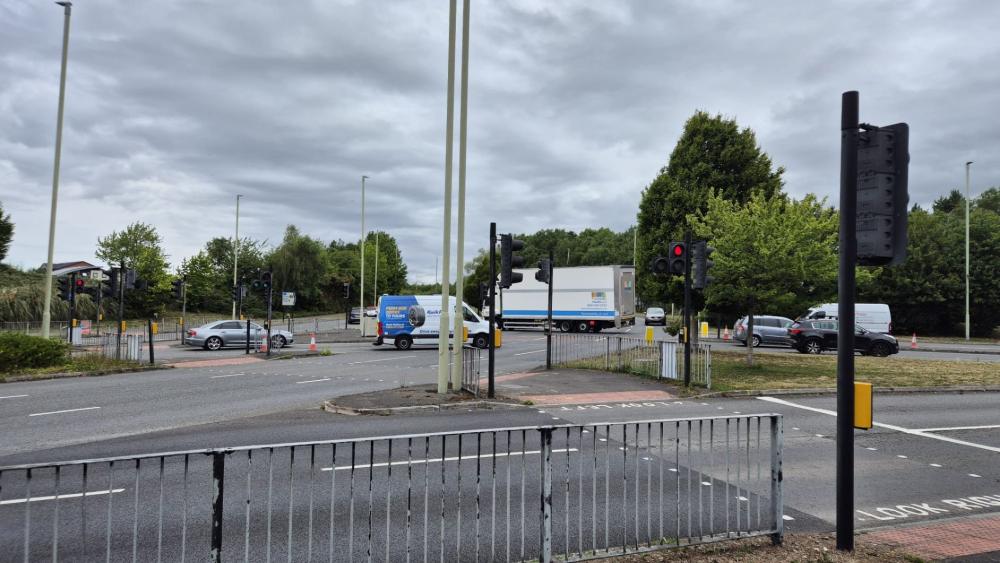Thames Water has published a new co-created drainage and wastewater management plan which will ensure a resilient and sustainable wastewater service that is fit for the future.
The UK’s largest water company has published its 25-year plan for tackling the long-term risks from population growth and climate change to infrastructure across London and the Thames Valley.
Following extensive public consultation, Thames Water’s co-created Drainage and Wastewater Management Plan 2025-2050 (DWMP) sets out an innovative long-term approach to protecting the environment, reducing the risk of sewer flooding to homes, and reducing storm discharges.
The population in London and the Thames Valley region is predicted to grow by 2.5 million by 20501, while extreme weather events resulting from climate change and the loss of 'spongy’ surfaces and green areas which can absorb water is expected to put extra pressure on the company’s wastewater and drainage services.
Thames Water estimates £31.9billion is required over the next 25-year period to overcome these societal challenges, within which £10.9billion will focus on storm overflows as part of the company’s ongoing plans to protect and enhance the health of rivers and streams 2.
Bespoke plans have been developed for both London and Thames Valley that reflect the differences in characteristics of the regions, the future challenges and the customer and stakeholder preferences for each region. Key to implementing both long-term plans will be partnership working with local authorities, communities, and customers.
For London a ‘SuDS first’ approach gives preference for nature-based infrastructure to be installed across the capital, ranging from water butts to collect rain from roofs, rain-gardens in the streets (planted areas which capture rain and surface water), and installation of swales and ponds in parks as well as wetland creation and river restoration. The DWMP prioritises nature-based infrastructure and aims to deliver sustainable drainage systems (SuDS) to over 7,000 hectares of land in London – the equivalent of 50 Hyde Parks to help combat the loss of ‘spongy’ green surfaces.
For Thames Valley a ‘remove unwanted flow’ approach specifically targets the elimination of additional water that flows into the sewers which shouldn’t be there, such as from misconnected plumbing, groundwater infiltration and surface water drainage, and prioritises areas of highly sensitive watercourses, including chalk streams.
This will take place alongside continued investment in Thames Water’s sewage treatment works to increase capacity and provide more efficiencies. The company has recently launched a £1.6 billion programme to modernise sewage infrastructure and improve river health over the next two years, including plans to upgrade over 250 sewage treatment works and sewers in London and the Thames Valley.
Sarah Bentley, Thames Water CEO said: “To protect against the challenges ahead of us, from climate change and population growth, we need to work together to provide a resilient and sustainable wastewater service for the next 25 years and beyond.
“We’ve listened closely to our customers and today we’ve set out our collective vision for creating a more sustainable and green solutions-based approach to drainage and wastewater, while providing greater access to our sites and green spaces.
“We’re committed to delivering positive outcomes for our customers, the communities we serve and the natural environment across our region. From creating more spongy and green spaces to helping prevent flooding in peoples’ homes, we want to take action to stop rainwater getting into the sewers in the first place.
“However, there are no quick fixes and this plan is the start of our journey to ensure we have systems which are fit for the future. Working collaboratively with our partners will make a big difference to wastewater activities for future generations and our precious environment.”
The first DWMP was created following extensive collaboration and engagement3. Thames Water facilitated over 1,000 hours of interactive stakeholder engagement with its partners. In total the plan incorporates valuable input across 1,400 customer households, 450 non-household customers, 70 local authorities, 50 organisations, including the Environment Agency, and numerous environmental groups at a national, regional and local level. A 12-week consultation period on the draft DWMP ran from July to September 2022 and received 1,400 responses from a range of customers, stakeholders and regulators.
Thames Water will update the shared plan every five years, working with customers and stakeholders as part of this process. The next DWMP will be published for public consultation in 2027.









Your Comments
Be the first to comment on this article
Login or Register to post a comment on this article